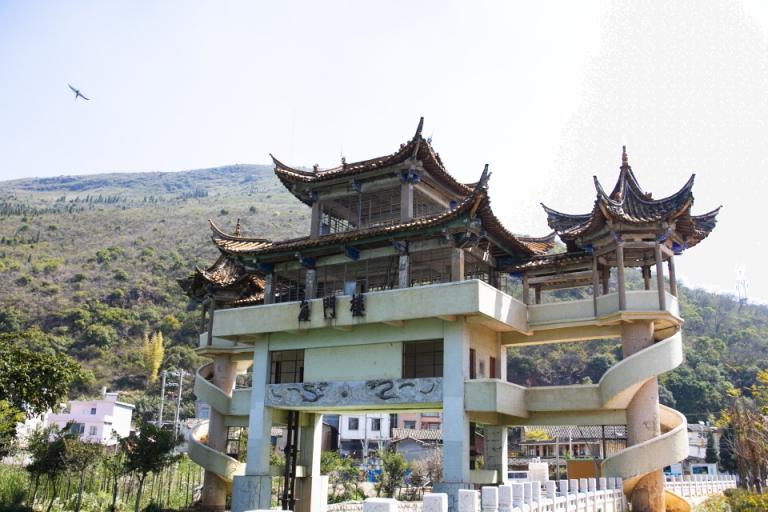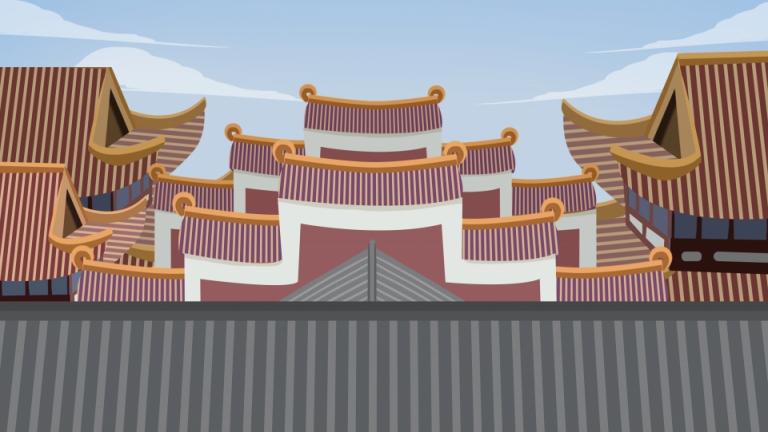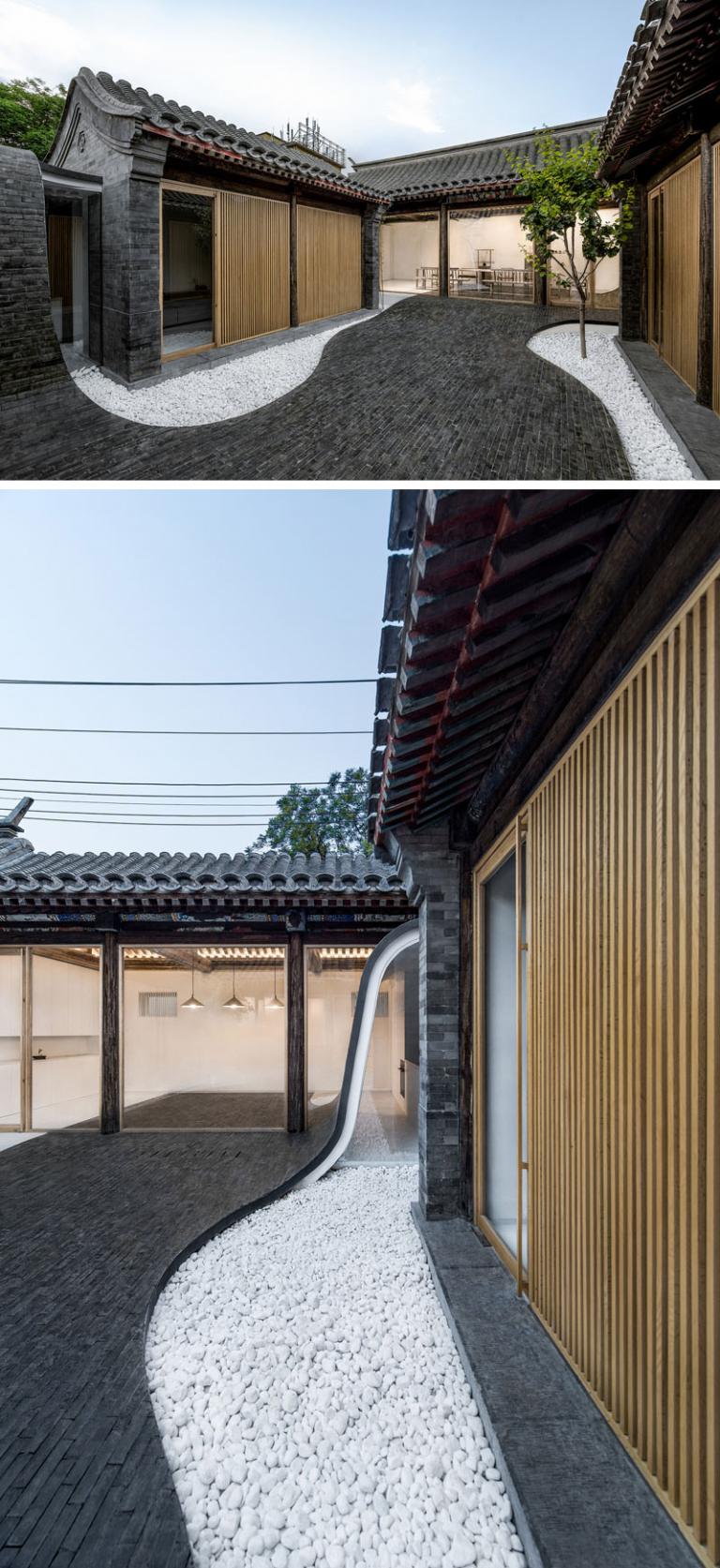Features of Chinese Architecture
2 min readChinese ancient architecture features unique timber framework, with timber, bricks and tiles as the main building materials.

Posts, beams, lintels and joists are used to bear the top load of the structure. Walls function to separate space without bearing the load. The layout of Chinese architecture is plain, flexible and beautiful. Every part of a building is put in a graceful shape.
Chinese architecture never takes no notice of carving. In the buildings various patterns-portraits, animals, plants, tales and so on are carved on bricks, stones and metals for the grace.
Human beings always pursue a cozy, comfortable, fresh, unaffected and graceful living environment. They create endless space in limited land following the building principle of returning to nature, and they make full use of the natural conditions and try every effort to put the layout, shape, and color in harmony with the surroundings.
Symmetry
Chinese architecture makes extensive use of symmetry.
The halves of a composition mirror each other, which is called bilateral symmetry. The popular of bilateral symmetry is probably an expression of our experience of nature, and in particular with our experience of our own bodies.
Figure 97 An Example for Symmetry Across all cultures and in all time, architectural composi-tions are symmetrically arranged. The general exposition of symmetry types found in architecture has been admirably presented.
Symmetry connotes a sense of grandeur. It applies to everything from palaces to farmhouses.

Hrizontal Axis
Chinese architecture stresses the visual impact of the with of the buildings. Office buildings, residences, temples, and palaces all follow the principle that the main structure is the axis. The secondary structures are positioned as two wings oneither side to form the main room and yard, which governs our visual perspective.
Timer
Chinese architecture has another unique architectural style, that is, it uses timer as the main construction material.
Due to timer’s flexibility and adaptability, the building of this structure can experience different climates, even earthquake.
Roof
The big roofs with rising edges, looking steady and harmonious, not only broaden lighting, protect residences from theelements and make for drainage of rainwater, but also increase aesthetic interest. And sometimes they also have a deeper meaning. For example, Temple roofs are curved because the Buddhist believes that it helps ward off evil spirits because spirits are believed to go in straight lines.
Roofs have different forms and colors. The temple’s roof is made of glazed ceramic tiles and has an overhanging cave distinguished by a graceful upward slope. The are at which the roof turns comes from the intricate fit of rafters. Wealthy homes has elaborate roofs.
Usually roofs are in grey, but in certain buildings they have different colors. For instanle, the Thirteen Tombs all have roof tiles in brilliant yellow, green, and red.
And one point is worth mentioning, that is, the curve of each roof is always pointing southeast.









